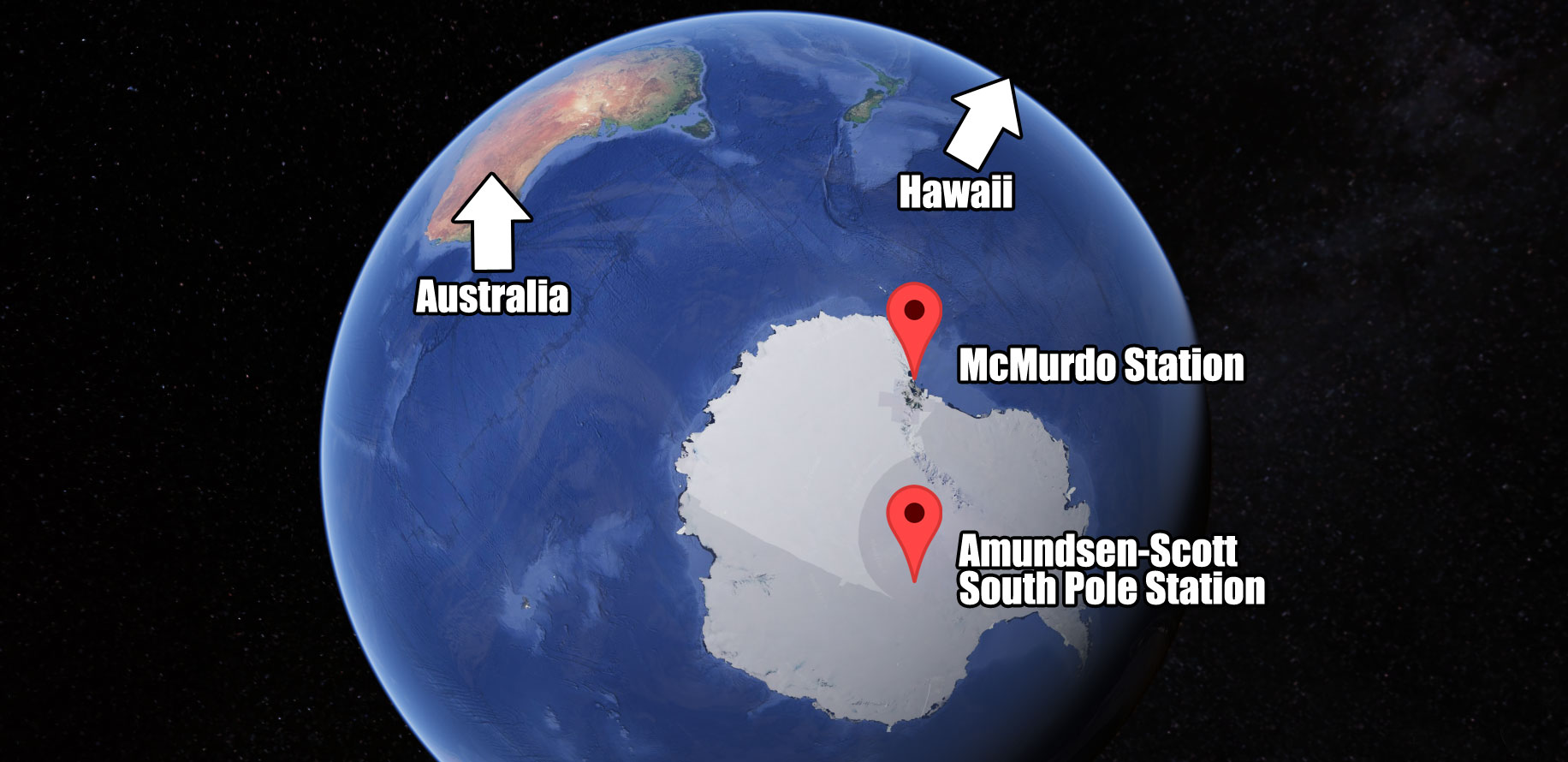
McMurdo Station – Learn Stuff
McMurdo Station has represented the United States in Antarctica since 1956. Most people probably don’t give it a lot of thought. I didn’t either, until it had an important role in the story transition between Stargate SG-1 and Stargate Atlantis because I am a sci-fi nerd. So what is McMurdo, and why is it there? Let’s find out.
McMurdo Station is named after its location on McMurdo Sound, which in turn was named after Lieutenant Archibald McMurdo of the British ship HMS Terror. Part of the Ross expedition, the Terror first charted the area in 1841, long before the station was built.
No one is supposed to own or control Antarctica, but that hasn’t stopped countries from making claims. Argentina, Australia, Chile, France, New Zealand, Norway, and the United Kingdom have all claimed territory. Peru, South Africa, Russia, and the United States have all reserved the right to make claims, but have not done so formally at this point. The Antarctic Treaty was created in 1959, prohibiting military activity, mining, nuclear detonation and waste disposal.
Keep all that political stuff in mind, because the U.S. has had the largest presence on the continent at McMurdo Station, and I would guess they do pretty much whatever they want.
Despite the no-military rule, McMurdo was built and is supplied by the U.S. Navy and U.S. Military Sealift Command, respectively. Operation Deep Freeze delivers 8 million gallons (42 million liters) of fuel and 11 million pounds (5 million kilograms) of of supplies and equipment annually.
A fully functional town literally in the middle of nowhere, there is a harbor (the southernmost on Earth), three airfields, a heliport, and more than 100 buildings. Modern conveniences include two ATM’s, entertainment via Australian and New Zealand television, and internet by satellite via Sydney, Australia. McMurdo has about 1,000 residents in the summer and a quarter of that during the winter. Although it is officially a science station, most of those residents are not scientists. It would probably be a good guess that they are military personnel.
Remember the rules about no nuclear stuff? Well I guess power plants didn’t count. In 1962, the U.S. Navy fired up the PM-3A nuclear reactor at McMurdo. This only lasted ten years however, and the station has been running on regular old diesel generators ever since.
About 2 miles (3 km) away is Scott Base, a New Zealand science station. You can actually drive back and forth on a road between them. McMurdo isn’t the only major U.S. installation in Antarctica either. The Amundsen-Scott South Pole Station was also built in 1956, and is located – you guessed it – directly over the South Pole. This station is about 995 miles (1,601 km) from McMurdo, so the National Science Foundation of the United States build a road between them in 2007. None of this makes New Zealand particularly happy, as both American bases and the huge road were all built on territory claimed by the Kiwis.
McMurdo is really far away from U.S. territory. From Honolulu, Hawaii, you’d have to go 6996 miles (11,260 km) to get to the station. That’s like going from New York to Pakistan. Then it’s almost another 1000 miles to get to the South Pole.
You may have heard that Metallica held a concert in Antarctica back in 2013. That’s true, but it surprisingly wasn’t at McMurdo. The “Freeze ‘Em All” show was held at Argentina’s Carlini Station on King George Island.
McMurdo might be luxurious by antarctic standards, but I wouldn’t want to live there. The average high in the summer (December) is just over 31° F (-0.4° C). That doesn’t seem too terrible, but the average low in the winter (August) is -21.1°F (-29.5° C). The record low is -50.6° F (-59.1° C). Brrrrrr.





































 GO PA!
GO PA! Learn Stuff
Learn Stuff Video
Video shop.kellyplanet.com
shop.kellyplanet.com


 Contact erickelly
Contact erickelly

Leave a Reply
You must be logged in to post a comment.